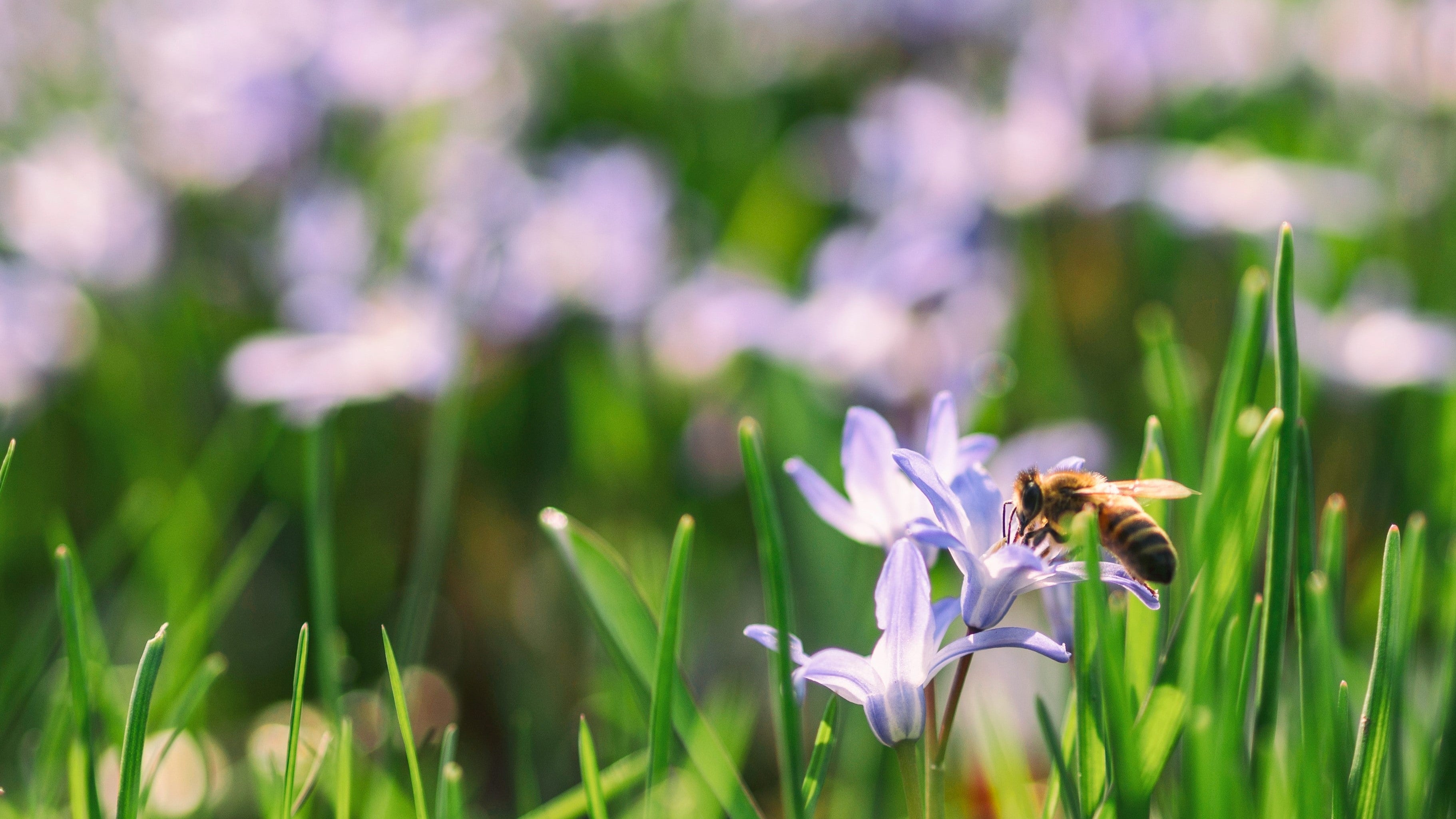
More Flowers = More Bees
20 Sep, 2020
Plan Bee
At King's Plant Barn, we are dedicated to the long-term sustainability of our natural environment, and as part of that, have launched 'Plan Bee', a campaign focused on educating the public on how to help feed bees in your garden and to ensure better gardening practises are used. We have ongoing free events in stores, educational talks with beekeepers, and free resources in store to show you how to create a bee-friendly garden. Bees require a plentiful food source throughout all seasons to survive. More flowers mean more bees. More bees mean more fruit & veggies.
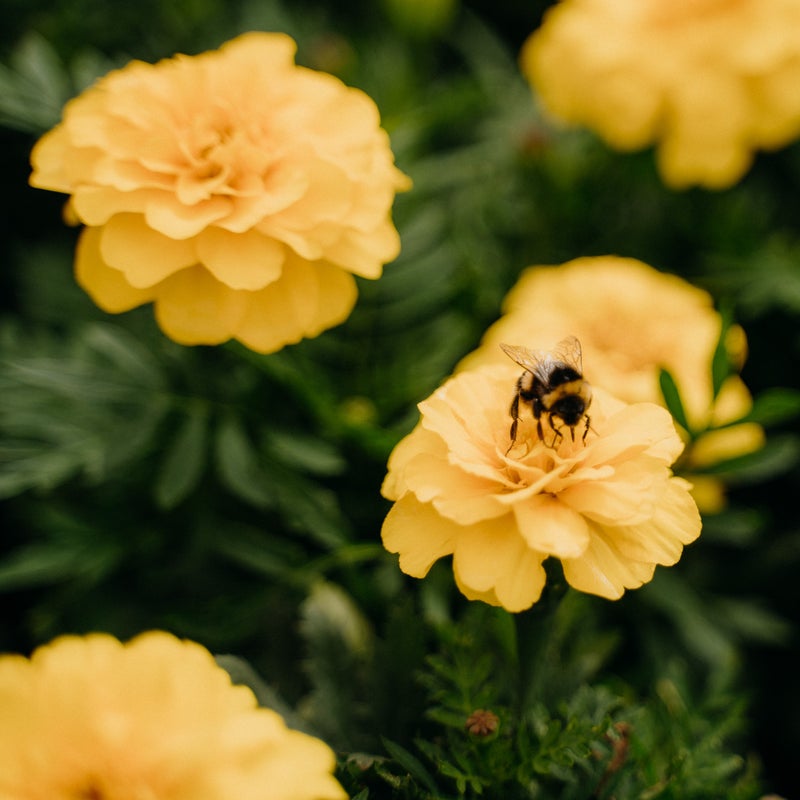
1. Bee Food in the Garden all year round
Habitat loss is still having a significant effect on all bees worldwide. This means that food sources have become scarce and can result in hungry bees. The good news is that it's easy to help provide our lovely pollinating friends with full bellies. Consider planting a few bee-friendly plants around your garden, or chuck a small handful of Kings Seeds Beneficial Insect Blend into an empty part of your garden. Your garden won't only burst to life with beautiful flowers and beneficial insect activity; it will also attract bees to your other plants that can be pollinated, such as blooming fruit and veggie plants.
2. Healthy Soil
The key to offering healthy bees the best flowering plants is by starting with the foundation. Your soil's quality is extremely important to your plant's health and the flowers it produces. Did you know that a whole network of microbes underneath the soil can determine how well an ecosystem grows and survives? Plant companion plants to balance out HP levels and offer an even larger selection of bee-friendly plants in your garden.
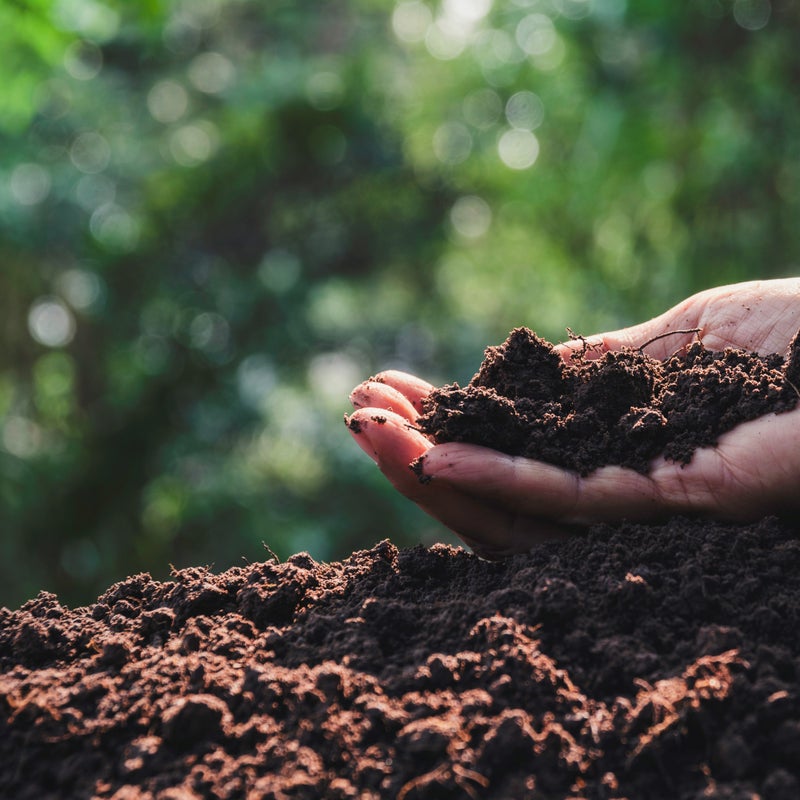
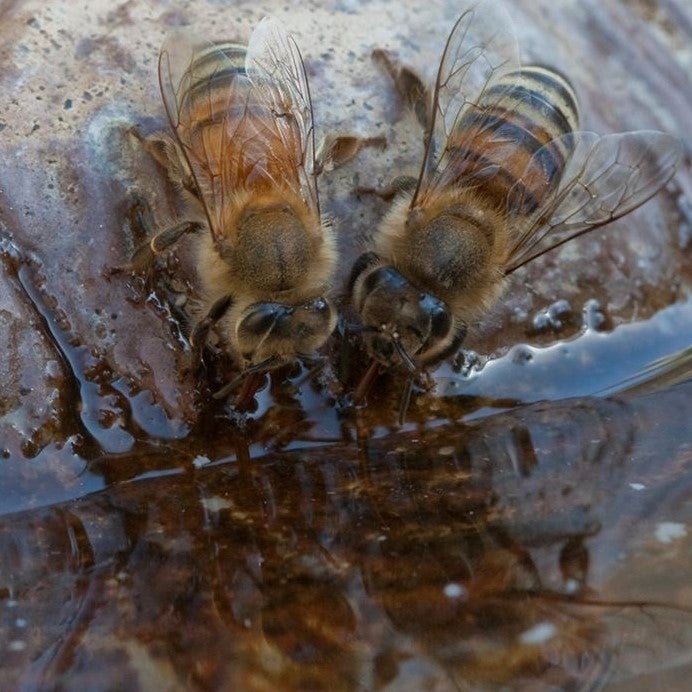
3. Access to Water
Although bees don't drink water for hydration as humans do, they still need it for digesting sugars and temperature control within colonies and hives. If you have a birdbath or small water feature, make sure to add small rocks for them to perch on. Once bees find a reliable source of water, they will return regularly.
4. Bee-ing Spray Wise
Some pesticides have synthetic chemicals which leave lasting residues that kill bees and other beneficial insects. Choose a natural alternative, don't spray bee-friendly plants when in bloom, and if you do need to, always spray plants in the evening to minimise harming beneficial insects.
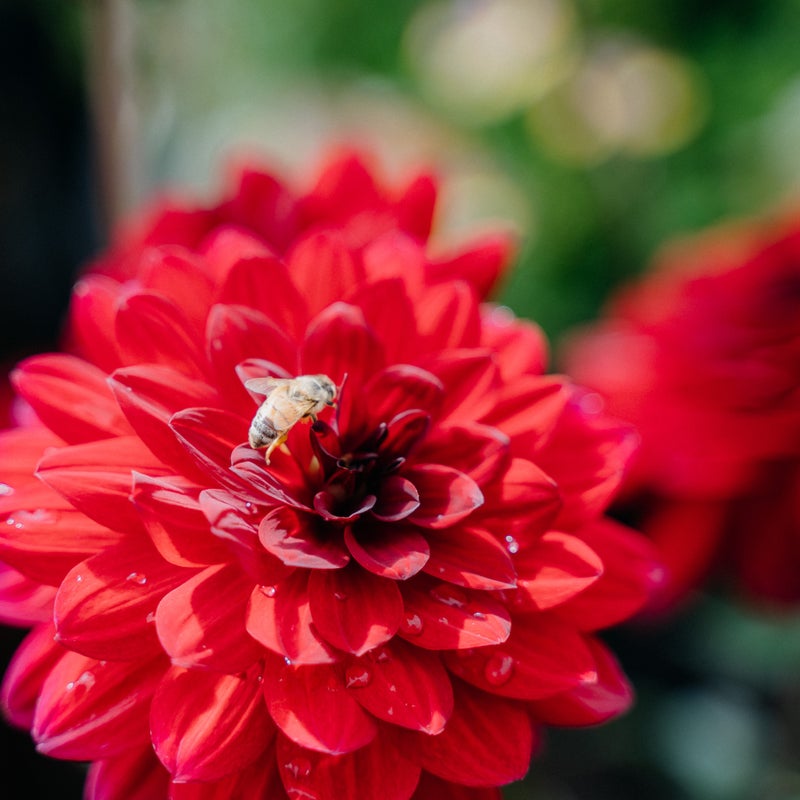
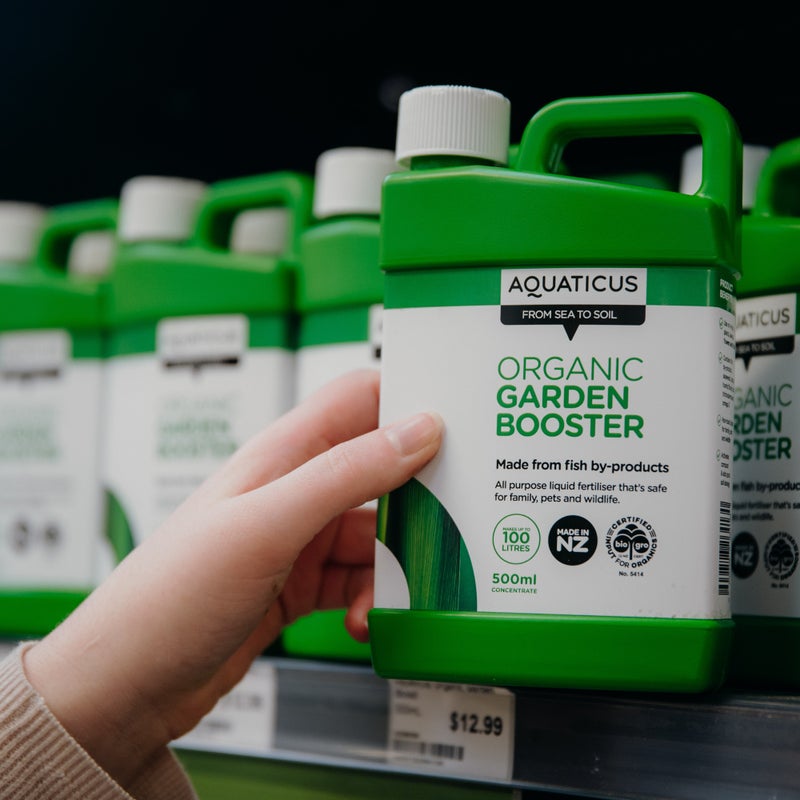
5. Organic Approach
Using organic products with your plants is a great idea, especially if the end result is to harvest fruit, veg and foliage from them. This is the same for bees. Use organic matter and food such as sheep pellets, compost and Aquaticus Garden Booster. In smaller urban residences, try using a Bokashi compost bin; the compost breaks down fast, so you can dig it easily into your urban garden patch and use the liquid extracted for organic plant food!
6. Bee Project: Insect Hotel
A fun project for the whole family! Gather together old pots, wooden crates, straw, wood, bamboo sticks and pinecones to make your very own. These provide a natural shelter for solitary bees and beneficial insects. A cheap and fun way to reintroduce pollinators back into your own backyard!
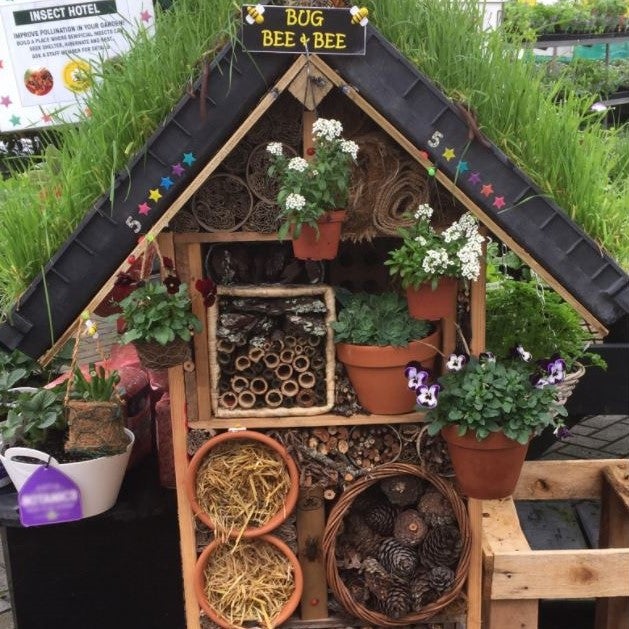
Types of Bees
There are 41 species of bee found in New Zealand.
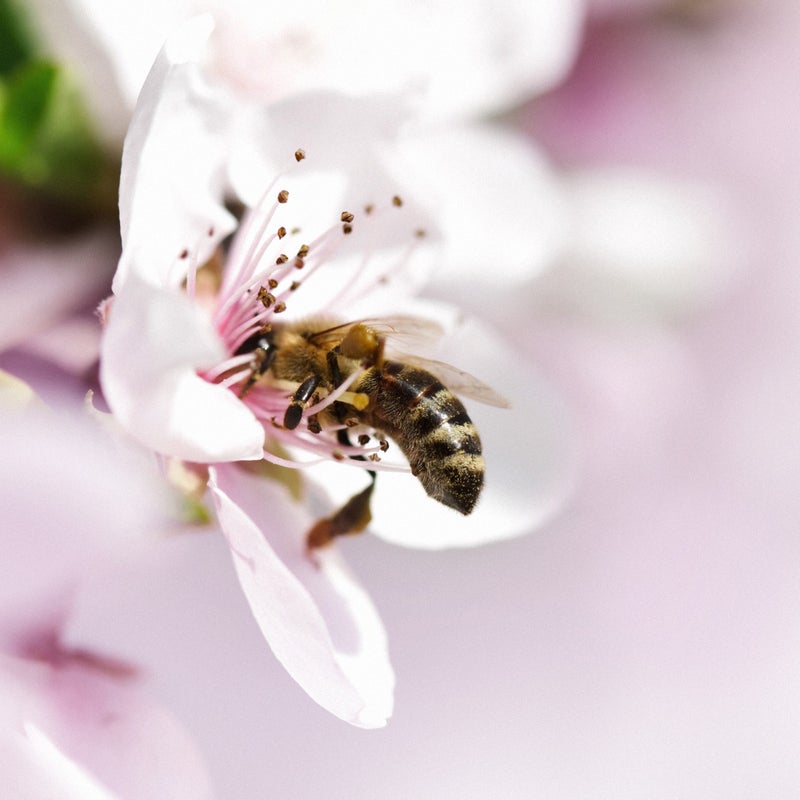
Honey Bee
The most mainstream of these is the Honey Bee which resides in around one million colonies around the country. These bees live in hives and are bred to pollinate and produce honey. When these bees swarm in spring they are the least interested in humans, following their queen on full bellies from a large helping on honey; they're only interested in finding a new place to live.
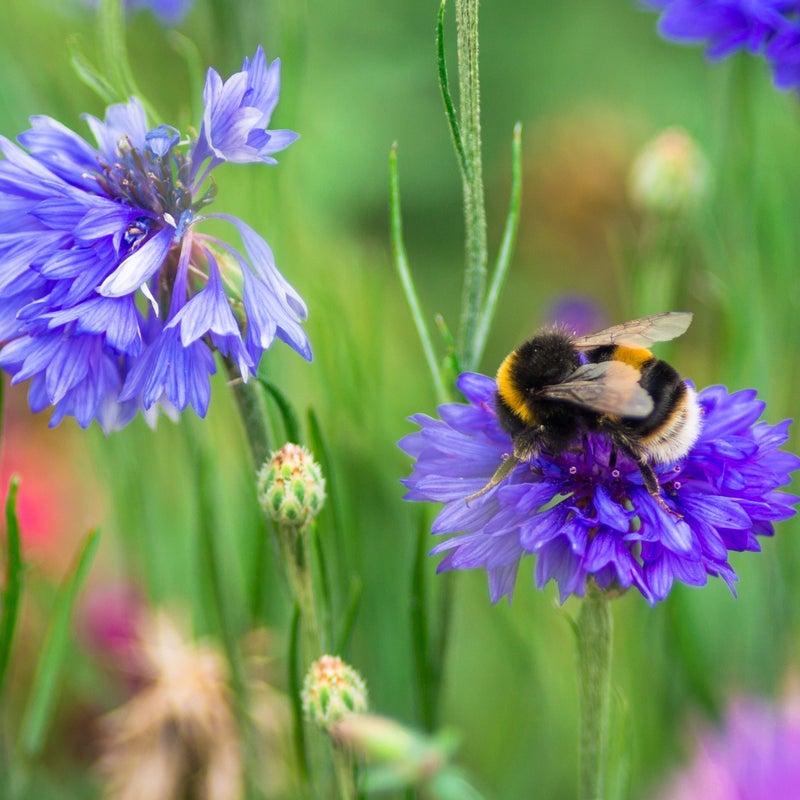
Bumble Bee
The Bumblebee is an extremely hard worker who is out from dawn till dusk, in the fog, wind and even out in light showers. Bumblebees also have colony's of up to 200 bees and have a queen bee. When a new queen is born, she will wander outside and hibernate in the ground over winter before remerging to establish a colony of her very own
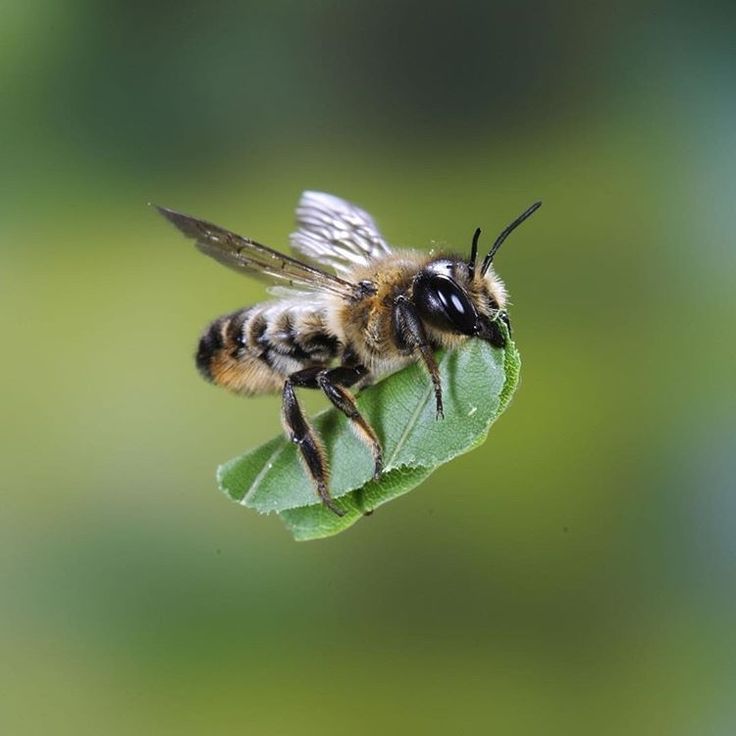
Solitary Bee
The Solitary bee can come in the form of Leafcutter and Mason bee. Leafcutters, named after the circular cuts they make in leaves to use as nesting material. Males of this species have no stingers, and females rarely sting at all, setting up shop in only one small hole they use as a nest. Considered one of the best pollinators, they use their entire fuzzy belly to collect and distribute pollen throughout the garden. Mason bees find abandoned insect holes and cracks in wood and buildings for their nests, adding their own creative flair by sealing the nests with dried mud.
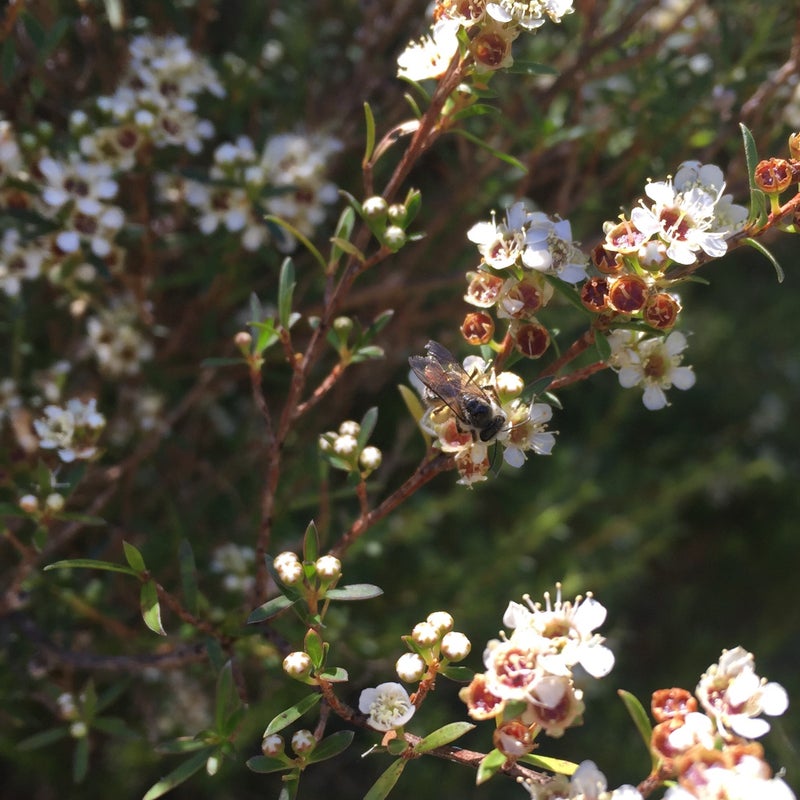
Native Bees
Last, there is our own New Zealand Native bee. Most of these bees are solitary, excavating small holes in loose soil banks and burrowing into plant material; they nest in clusters preferring their brothers and sisters as company. These special bees will venture only up to 100m of their nests, so it is imperative that they have access to readily available bee-friendly plants.
More Info